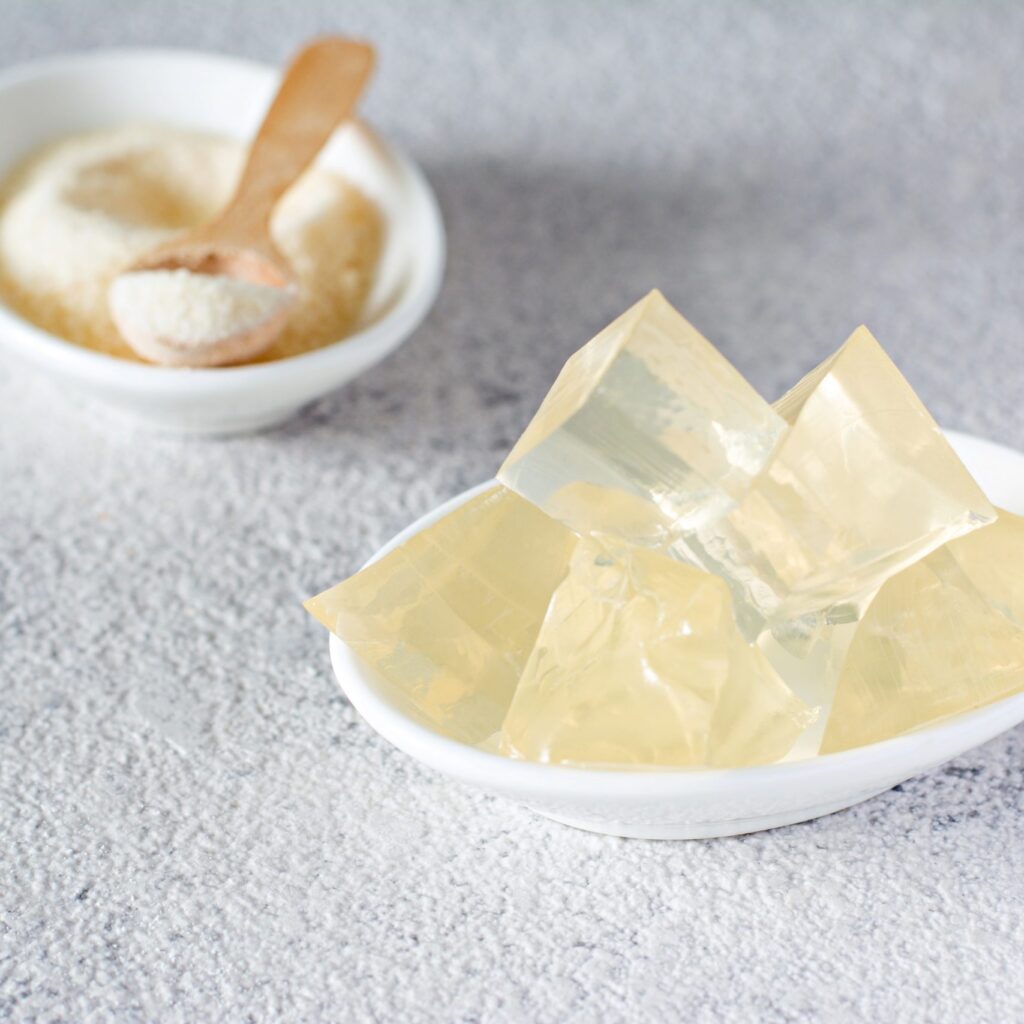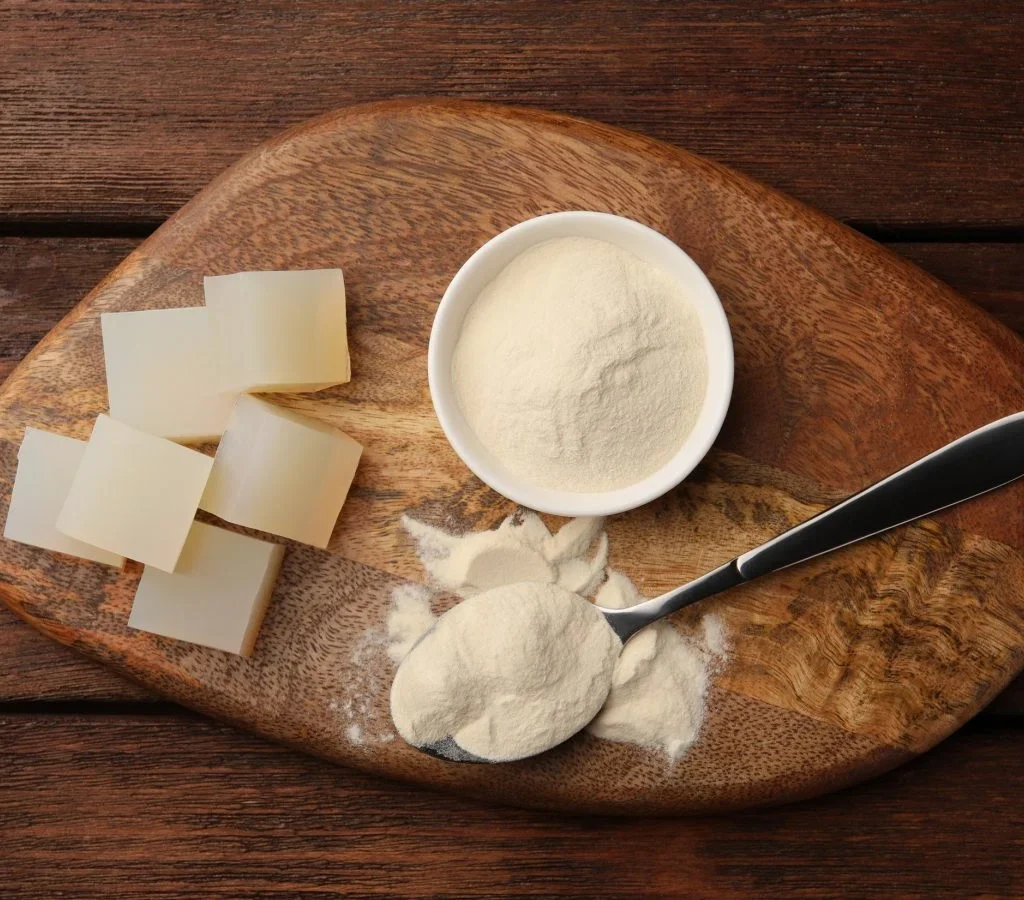Agar, also known as agar-agar, is a gelatinous substance derived from red algae, especially species belonging to the genera Gelidium and Gracilaria. With its gelling, stabilizing, and thickening properties, agar has become an essential ingredient across a wide variety of industries—most notably food, pharmaceuticals, cosmetics, and microbiology. Despite its niche nature compared to other hydrocolloids like gelatin or pectin, agar plays a critical role in scientific research and plant-based food alternatives.
But which country leads in producing this unique and valuable substance?
The answer is clear: China is the largest agar producer in the world, contributing a significant portion of the global supply through its extensive aquaculture industry, advanced processing capabilities, and growing international trade footprint. This article delves deep into the world of agar—its origin, uses, production techniques, and a comprehensive look at China’s dominant position in the global agar market.
What Is Agar and Why Is It Important?

Agar is a complex polysaccharide extracted primarily from certain species of red seaweed. Unlike gelatin, which is animal-derived, agar is plant-based and hence vegan-friendly. This has made it increasingly popular in recent years, particularly in the food and health industries.
Main Uses of Agar
- Food Industry: As a thickener, stabilizer, and gelling agent in jellies, puddings, yogurt, plant-based meat, and dairy-free desserts.
- Microbiology & Biotechnology: As a growth medium for culturing bacteria and fungi.
- Pharmaceutical Industry: Used in capsules, drug delivery systems, and laxatives.
- Cosmetic Industry: As a base in creams, lotions, and facial masks.
- Confectionery: As a vegetarian alternative to gelatin in sweets and candies.
Its high melting point, lack of flavor, and non-digestible nature (it passes through the digestive tract as dietary fiber) make it uniquely suited for many industrial and commercial applications.
Global Agar Production and Market Size

The global agar market was valued at USD 315 million in 2024, and it is expected to grow to USD 460 million by 2030, driven by the rising demand for plant-based ingredients and microbiological research tools.
The global production of agar is estimated to be around 9,000 to 11,000 metric tons annually, and the demand continues to rise as industries in Asia-Pacific, Europe, and North America expand their use of agar-based solutions.
China: The World’s Largest Agar Producer

Why China Leads
China dominates agar production due to its:
- Extensive red algae cultivation: Especially Gracilaria species along the eastern and southern coasts.
- Low labor costs and advanced extraction technologies.
- Government support for marine biotechnology and seaweed farming.
- Vast internal demand and robust export infrastructure.
Major Seaweed Growing Regions in China
- Fujian Province: The epicenter of Gracilaria cultivation.
- Shandong Province: A hub for red seaweed harvesting and processing.
- Guangdong and Zhejiang: Also play significant roles in harvesting and value addition.
These coastal regions benefit from ideal marine environments for red algae farming, including favorable water temperature, salinity, and nutrient availability.
Key Agar-Producing Companies in China
- Fujian Global Ocean Biotechnology Co., Ltd.
- Zhejiang Aoyin Biotechnology Co., Ltd.
- Lianyungang Huasheng Agar-Agar Co., Ltd.
- Marine Hydrocolloids (China Operations)
These companies produce high-grade agar for global pharmaceutical and microbiological use, as well as food-grade agar for export to Europe, Japan, the United States, and Southeast Asia.
Agar Production Process in China

1. Harvesting Seaweed
Cultivated red seaweed is harvested, cleaned, and sun-dried to reduce moisture content and ensure quality.
2. Extraction
The dried seaweed is boiled in hot water or alkaline solutions to extract the agar.
3. Filtration
The solution is filtered to remove seaweed residue and impurities.
4. Gelation
The filtered liquid is cooled to form a gel, which is then cut and pressed to remove excess water.
5. Drying and Powdering
The gel blocks are dried under controlled conditions and ground into powder or flakes, depending on the intended use.
China employs both traditional sun-drying methods and modern freeze-drying or vacuum drying techniques to meet various international quality standards.
Economic and Industrial Impact

Agar production in China is a vital component of the country’s growing marine economy. It supports:
- Tens of thousands of jobs in coastal communities.
- Technological innovation in marine biotech.
- High export revenues, especially from high-purity bacteriological-grade agar.
Moreover, China’s government has labeled seaweed farming as a “strategic emerging industry”, funneling funding into R&D for sustainable aquaculture, which benefits agar production directly.
Export and Trade
China exports agar to over 60 countries, including:
- Japan
- South Korea
- United States
- Germany
- India
- Indonesia
China’s agar is highly competitive due to its affordability, scalable production, and acceptable international certifications (e.g., ISO, HACCP, GMP). Many Western companies source their agar from Chinese producers due to the lack of large-scale red seaweed farming outside Asia.
Other Major Agar Producers in the World
Although China is the largest producer, several other countries also contribute significantly to global agar production:
1. Chile
- Specializes in agar from Gelidium species.
- Known for producing high-purity agar for microbiological and pharmaceutical use.
- Smaller in volume but high in quality.
2. Japan
- Traditionally a leader in agar consumption and innovation.
- Produces smaller quantities but with exceptional quality, especially for food and biotech uses.
3. South Korea
- Strong in Gelidium agar production.
- Focused on high-end market segments.
4. Indonesia and the Philippines
- Increasing production through red seaweed farming.
- Mostly contribute to food-grade agar.
Challenges in Agar Production
Despite its growth, the agar industry faces several challenges:
1. Environmental Concerns
Overharvesting of wild Gelidium has led to ecological imbalances in some regions. China has largely mitigated this by emphasizing seaweed cultivation over wild harvesting.
2. Quality Control
Inconsistent quality, especially from low-cost producers, can hinder credibility in pharmaceutical and microbiological applications.
3. Competition from Alternatives
Other hydrocolloids like carrageenan and pectin, and synthetic gelling agents, sometimes compete with agar depending on cost and functionality.
4. Regulatory Barriers
Stringent import regulations in North America and the EU require Chinese agar exporters to meet high standards in safety, traceability, and purity.
The Future of Agar Production
China is investing in biotechnology, aquaculture innovation, and green processing methods to ensure sustainable and profitable agar production. Researchers are also exploring:
- Genetic improvement of red algae strains for better yield.
- Eco-friendly extraction techniques using enzymes and green solvents.
- Bioplastic and biomedical applications of agar.
As the plant-based food movement expands and scientific research continues to demand high-purity culture media, the global agar market is set for sustained growth—with China remaining at its helm.
Conclusion
China is the largest agar producer in the world, commanding a significant share of the global market through its vast seaweed farming operations, modern processing techniques, and extensive export infrastructure. Supported by government policy, scientific innovation, and increasing global demand, China has positioned itself as the leader in both the quantity and quality of agar production.
As plant-based lifestyles and microbiological research continue to gain momentum, the strategic importance of agar is only expected to grow. With continued investments and sustainable practices, China’s dominance in the agar industry will likely remain unchallenged for years to come.







Leave A Comment